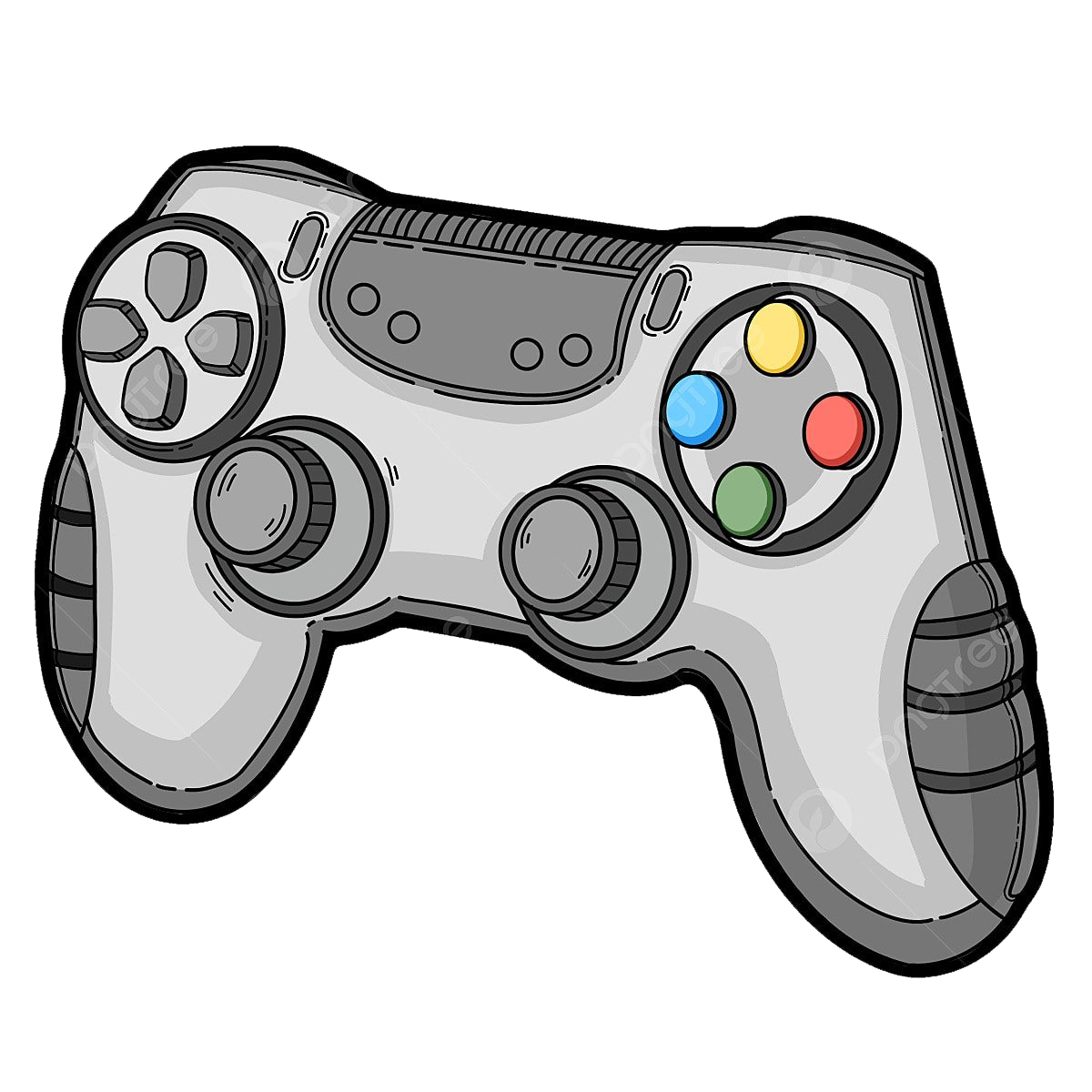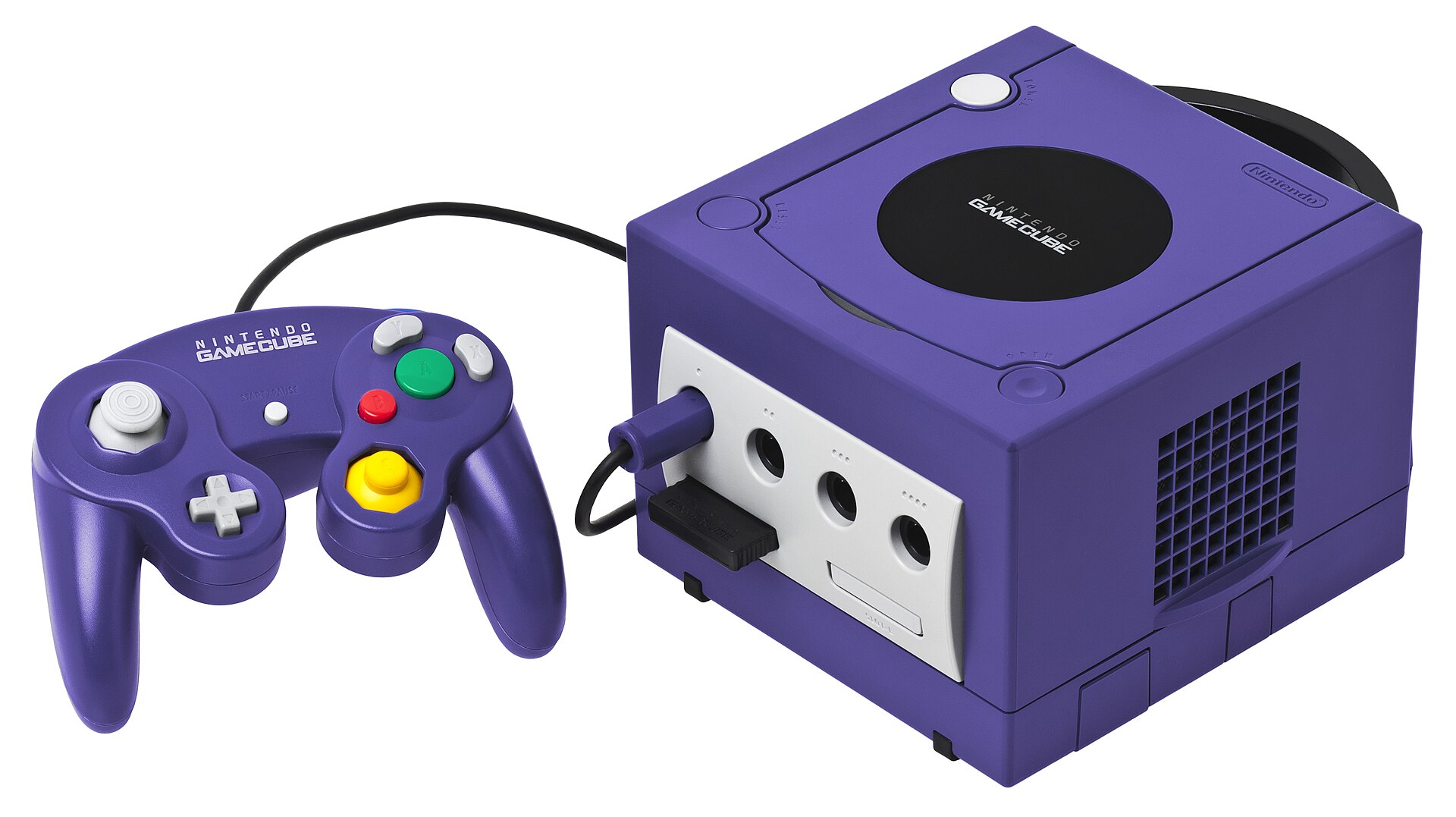Information on the Collection
This collection features a variety of game materials from different hardware platforms. Each system contains unique computer parts that allow for different visual effects, sound, and gameplay features. A particular game will only play on the platform it is programed for. The terms platform, system and console are all terms used to describe a hardware platform.
System Info and History
Sega Genesis: 1988 Japan, 1989 US
The Sega Genesis was Sega’s second generation home games console after limitied success in the 8 bit home game system market. The Gensis was called the Sega Mega Drive in Japan and Europe, but was switched to Genesis in the United States due to copyright issues. It is a 16 bit machine famous for it’s unique sound and arcade ports. Due to breakout hits like Sonic the Hedgehog, Sega tied rival Nintendo for marketshare in the US against their competting Super Nintendo system. More information here
Sega Genesis/CD: 1991
The Sega CD (Mega CD internationally) was a system add on that gave the Genesis the ability to play games and music off of compact discs. The unit also came with additional hardware features that bridged the gap of more advance systems like the Super Nintendo and Panasonic 3DO, but was an expensive perpiphial and failed to gain the same amount of traction as the regular system. More information here
Sega Dreamcast: 1998 Japan, 1999 US
This was the last piece of dedicated gaming hardware Sega released due to a lack of consumer trust, pilling debt from failed systems, and increasing competition from Nintendo and newcomers Sony and Microsoft. It was an increadibly forward looking system with a built in dial up modem for internet browsing and online play; the first console to include such features out of the box. It features a library of cult classic games but lost traction to other systems like the Playstation 2, GameCube and Xbox. More information here
Nintendo GameCube: 2001
The GameCube was Nintendo’s first game system to use optical discs after opting for faster but much lower storage capacity cartridges in the previous generation. Rather than standard DVDs, the GameCube used Mini DVDs to ward off piracy. This ulimtately meant that GameCube games held less storage than Playstation 2 and Xbox games. This low storage capacity and a precieved lack of mature games greatly hurt the system’s sales. It is still heavily reveared for it’s exceptional library of hit games like Super Smash Bros Melee, Pikmin, and Metroid Prime. More information here
Nintendo DS: 2004
This is the third of Nintendo’s successful handheld systems starting with the Gameboy and Gameboy Advance. The DS stands for Dual Screen since the system contained a regular LCD on top and a bottom capacitive touch screen. Some other impressive features included a built in backlit screen, local wireless contectiviing and wifi internet. The DS family, which includes multiple revisions and upgrade models sold over 150 million units and included a huge lineup of games including over a dozen Pokemon games. More information here





